Iden Asato - Defining Roofing Innovations in SoCal - PODCAST TRANSCRIPT
June 3, 2025 at 1:00 p.m.Editor's note: The following is the transcript of a live interview with Iden Asato, the general manager of the SRS Regional Distribution Center for Southern California. You can read the interview below or listen to the podcast.
Intro: Welcome to Roofing Road Trips, the podcast that takes you on a thrilling journey across the world of roofing. From fascinating interviews with roofing experts to on the road adventures, we'll uncover the stories, innovations and challenges that shape the rooftops over our heads. Fasten your seatbelts and join us, as we embark on this exciting Roofing Road Trip.
Karen Edwards: Welcome to another episode of Roofing Road Trips from RoofersCoffeeShop. My name is Karen Edwards. I'm welcoming Iden Asato to the program today. He is the general manager of the SRS Regional Distribution Center in Southern California.
Iden Asato: Thanks for having me, Karen. Good morning.
Karen Edwards: Yeah. For those who might not know, could you just introduce yourself and tell us what you do there?
Iden Asato: Yeah. Again, my name is Iden Asato. I'm the general manager here at the regional distribution in Southern California. This distribution center is the first of its kind for any SRS location in the country. We service 24 different branches throughout Southern California, all the way from Santa Barbara down to San Diego and everything in between. Material is now directed through the distribution center and then we distribute it out to the 24 branches. These 24 branches for SRS are JV Wholesale locations, as well as Roofline Supply.
Karen Edwards: Excellent, wow. Okay, I want to talk a little bit more about that. But I first want to acknowledge that Southern California has really had some trying times with the fires and everything that's happened. I know SRS has stepped up to really give back and raise some funds to assist with that recovery. I just want to make sure how you and your community are doing after that?
Iden Asato: Yeah, good question. Southern California, this region, it is a large region. It primarily affected the communities up in the northwest part of this area. Some of our branches most affected by that would have been Burbank, Chatsworth, Simi Valley, Ventura. We're not feeling some of the effects in the Inland Empire where I'm located at in Rancho Cucamonga, but I have reached out to some of those branch managers there. They said the community is doing fine, they're recovering. Some of the branches themselves have organized fundraisers to help the community out, in addition to the corporate office in McKinney. Overall, we're doing just fine and on the road to recovery.
Karen Edwards: Well, that's good to hear. SRS is always right there, ready to help, so thank you SRS.
Iden Asato: You're welcome.
Karen Edwards: This regional distribution center is a new thing for SRS Distribution. I'm curious, were you in another role with SRS or did they bring you in from somewhere else to help get this up and going?
Iden Asato: Before I became the general manager here at the distribution center ... And to clarify, as far as distribution centers go, the managers are called general managers. At the branches, they're called branch managers. I'm the first general manager within SRS. Yeah.
Anyway, I was branch manager in Murietta. I was there for about nine months before they asked me to run the distribution center here in Rancho Cucamonga. Before that, I was branch manager in Bend or egon, where I have lived most of my life. I've been in Southern California here for just over a year.
Karen Edwards: Nice. Okay. I want to talk a little bit about this, you being the first regional distribution center. You are really setting a model because this is something that's going to be rolled out to other parts of the country. But what was the driving factor behind this? Is it because you can get materials where they need to be faster? What drove the establishment of this regional center?
Iden Asato: Yeah, great question. First and foremost, the increased revenue. Again, we have a lot of branches within the Southern California region, I guess relatively close. We don't go multi-state within this region here. A lot of these branches are in areas where their locations are very small, they don't have a lot of warehouse or yard space. The distribution was set up to frequently service and replenish these branches. Before the distribution center was open, a lot of branches used their own equipment and manpower to go get material from other branches. We call those branch-to-branch transfers. With the DC, the distribution center now open, we've significantly decreased those branch-to-branch transfers. Now they're able to use their equipment, their manpower to service their customers.
Not only have we been able to do that, but we've also cleared space in these yards for these branches to operate more safe or to be more efficient and store other products that they might not have been able to do.
Karen Edwards: Excellent, yeah. It's a great idea. You've been really busy. I know we've been trying to schedule this conversation and there's so much going on. It's being well-received, I'm sure.
Iden Asato: Yes, yeah.
Karen Edwards: Okay. Let me ask a little bit about just the industry in general and trends and what you're seeing. I know that as a whole, metal roofing is becoming really, really popular. One of the appealing things about metal roof, well, there's a lot of appealing things. Its fire resistance, longevity. What kind of trends are you seeing happening in your area? Because you're getting the materials to the branches, so you've got your finger on the pulse of what people are buying and installing.
Iden Asato: Yeah, trends other than metal roofing. Obviously, Southern California, California as a whole has very strict restrictions as far as cool roofs and fire resistant materials, so those trends, we're continuing to see those grow. Eco-friendly roofs, recycled roofing products, solar roofing shingles. There's a number of manufacturers that have solar built into their roofing products. Hybrid roofing, composite-type tiles seem to be on the rise. Those are some of the trends that we see, other than the products we're already selling.
Karen Edwards: We always talk about how California is usually leading the way when it comes to regulations, codes, requirements for buildings and roofs. Then a lot of those regulations tend to trickle across the rest of the country eventually. I'm curious what you're seeing regarding some of those requirements and codes that are probably much stricter than you were in Oregon for most of the time? What do you see there in terms of how that's driving maybe material choices or systems being installed?
Iden Asato: Yeah. California, like we have talked about, they already have some of the strictest building fire codes in the country, especially here in the LA area with Title 24, which are even more stringent with those regards. I don't know how much can change, how stricter they can get, but what we'll probably see is those restrictions start to move out into the Inland Empire, down south into San Diego and throughout the rest of state. Yeah, that's what I'm seeing.
Karen Edwards: Are you seeing contractors, roofing contractors specifically, diversifying more? Are they adding other exterior solutions? Or are they doing it anyway? Where is that trend going? Because a lot of contractors will start out just in roofing and then they'll get into siding or doors or windows. What's your customer base out there look like in terms of that?
Iden Asato: Yeah. I do see a lot of roofing contractors moving into solar, those two go hand-in-hand. There are requirements now where, when you get a new roof, that you have to add solar. How they're integrated together and how the roofing is flashed around some of these brackets that are attached to the roof, it makes a good combination there. We do see roofing contractors move into the solar installation. But also, siding, windows. Yeah, they are branching out into other avenues.
Karen Edwards: Yeah. I did not know that the new roof required solar in California. Is that for any structure or just residential or commercial too?
Iden Asato: I don't know any particulars about that. Just it was brought to my attention that some of the new homes that are being built are requiring solar, so to have those two integrated together was a huge plus for the roofing contractor.
Karen Edwards: Yeah. Are you seeing the use of technology grow with contractors in your area? Drones have just taken off, pun intended.
Iden Asato: Yeah.
Karen Edwards: A lot of contractors getting their drone license and using that. But AI is out there now. SRS too has Roof Hub.
Iden Asato: Right.
Karen Edwards: How are contractors adjusting and adapting to implementing these kind of technologies in their businesses?
Iden Asato: Well, as far as Southern California goes, I haven't been here long enough to really see technology at work in this region. But I will tell you in Oregon, before I left there a year ago, they were already using drones. Drones to do roof evaluations, they even could measure roofs from drones. See the conditions of the roof, help them estimate. AI, I really haven't dabbled too much with AI, but I know with the AI function, it can help roofing contractors establish quotes. Homeowners can use it to establish potential roofing issues and longterm maintenance issues. Yeah, those are all out there, but that's about all I know about it.
Karen Edwards: Well, I know that you mentioned establishing the regional distribution center, it was about improving profitability and being more efficient. Just like contractors, the distributors are looking for ways to help their operations be more efficient. I just want to give another shout-out, we did do an entire podcast on Roof Hub and that technology. That is one way that SRS is helping contractors be more efficient.
Iden Asato: Right.
Karen Edwards: And streamline their operations and have their fingers on the pulse of what's going on.
You may not know the answer to this, but I'm really curious. If a contractor opens Roof Hub and they're like, "Where are my materials from my local branch?" They're getting updates about that in realtime. Has having this regional distribution center enabled you to serve them faster than you were previously?
Iden Asato: Absolutely. With having additional materials here, again, a lot of the branches in this region just could not house the product that they needed to service their customers immediately. Having the distribution center here with a lot of square footage and yard space to have the materials these branches need, we're able to serve these branches typically within a 24-hour, two-day period. Contractor comes in, needs material, we're able to get them that material more in a timely fashion.
Karen Edwards: Well, we're conditioned to needing it now, needing it the next day. I think Amazon set those expectations with next day and two-day delivery for us.
Iden Asato: Yeah.
Karen Edwards: It's good to see that that's translating into the roofing industry. I'd like to know a little bit more about the distribution center. You keep saying it's a large yard and it's a big footprint. Can you give me a little more insight into the size of it? What size warehouses do you have and the size of the yard, what does that look like?
Iden Asato: Yeah. The warehouse space itself is 123,000-square-feet. Our yard area outside is just over 140,000-square-feet. We have two rail tracks that come into this yard. Typically we can have anywhere from 10 to 24 inbound deliveries from our vendors dropping off products here. And product going out to the branches, anywhere from 10 to 12 deliveries a day to those branches out of here.
Karen Edwards: Wow. That's a lot of coordination.
Iden Asato: Yeah.
Karen Edwards: I'm sure you've got a great team there that helps you organize and make all that stuff happen.
Iden Asato: The best team.
Karen Edwards: Yeah, yeah. How long has this been open? What's the feedback so far? What are the results? Is everyone happy, this is working, "Yes, we're glad we made this decision?"
Iden Asato: Yeah. My first day here was October 7th. We basically had about a month to get some processes going. Out first outbound delivery was the 30th of October. So less than a month, we had product in here and were delivering out to the branches.
The feedback that we've received, our customer now is not the roofing contractor. The distribution's customer are the branches and the branch managers. The feedback that I've gotten from them, they are incredibly happy. They feel just great communication, great coordination amongst us with them. There's peace of mind knowing that their material is going to be there within just a day or two. To have that backing, to have their yard space clear and have more room to operate, they're very happy about that.
Karen Edwards: Excellent. Just to give you some perspective for our listeners, it's April, the first week of April now, so this has just been six months in the making. You went from, within six months time, having 10 to 24 incoming deliveries and just as many going out to the branches. And serving, did you say 24 branches?
Iden Asato: 24 branches.
Karen Edwards: Yeah, wow. Wow. It obviously has been very successful. We were chatting just a little bit before we started this recording and you mentioned that this model is going to expand and continue. Where can we see this distribution model next?
Iden Asato: Yeah. The next one in the works, I do not have a date on when that's supposed to be operational, but that's going to be in Philadelphia. Then shortly after that, SRS plans on opening one in Houston.
Karen Edwards: Oh, excellent. I don't live too far away from Philadelphia. Maybe we can get over there and get some video and do some in-person interviews.
Iden Asato: Yeah.
Karen Edwards: That would be fantastic. Yeah, wow. Iden, this has been a great conversation. I'm always so impressed with SRS Distribution because they're always looking for, "How can we serve not only our contractors better, but our own internal folks better?" This has been just a really great, great model. Obviously, it's working well because I know we've struggled to get time on your calendar just to have the conversation because you've been so busy.
Iden Asato: Yeah.
Karen Edwards: Thank you so much for being here today.
Iden Asato: Yeah. Thanks for having me, Karen.
Karen Edwards: Yeah. If you're a contractor out there listening to this conversation and you're not working with SRS Distribution, you need to be. You can visit their directory on RoofersCoffeeShop. Every branch has its own directory, so you can find one near you. Check out the technology tools that they offer as well. I think that they've done a really, really good job of putting tools and resources into the hands of contractors that really help improve profitability and efficiency.
Iden, again, thank you. Wish you all the best of luck out there in continuing to get the distribution center and growing, because I imagine that's going to be part of the strategy as well. Thanks again. Thank you, everybody out there, for listening. Be sure to subscribe, follow along on your favorite podcast platform, because we hope to see you on a future episode of Roofing Road Trips. See you next time. Bye-bye.
Outro: If you've enjoyed the ride, don't forget to hit that subscribe button and join us on every roofing adventure. Make sure to visit rooferscoffeeshop.com to learn more. Thanks for tuning in and we'll catch you on the next Roofing Road Trip.
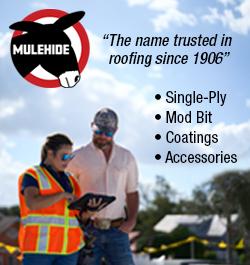
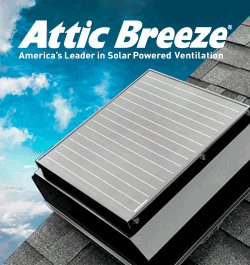
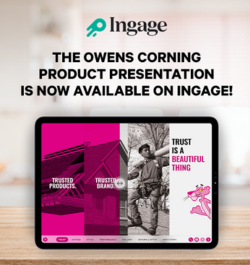
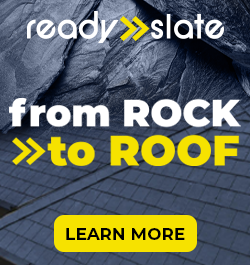




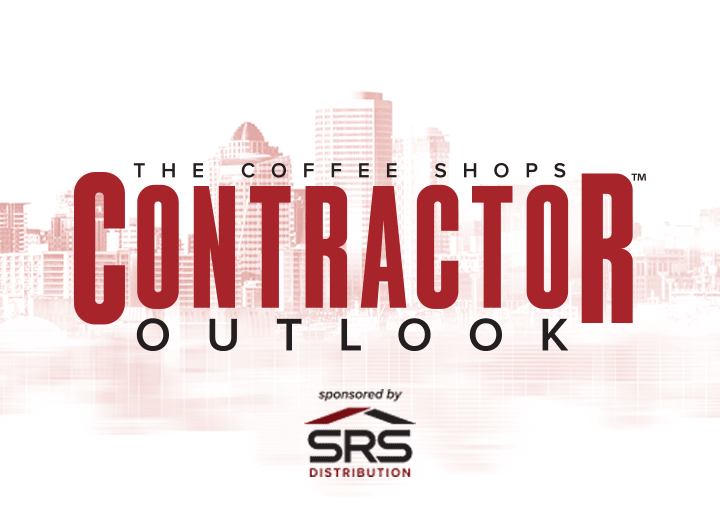


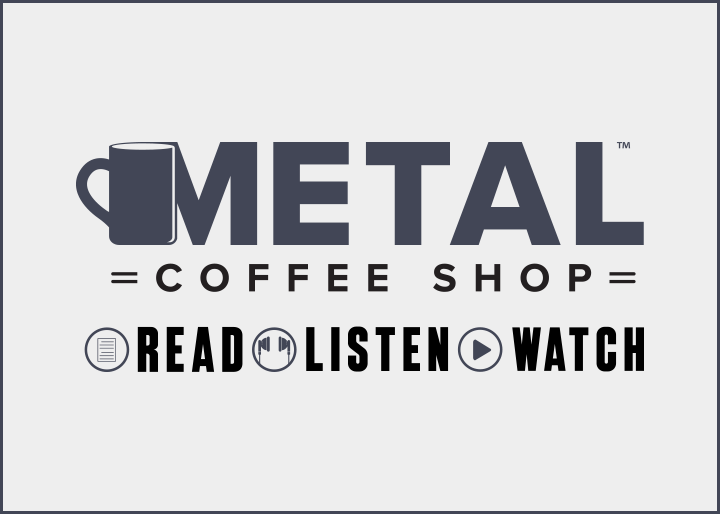
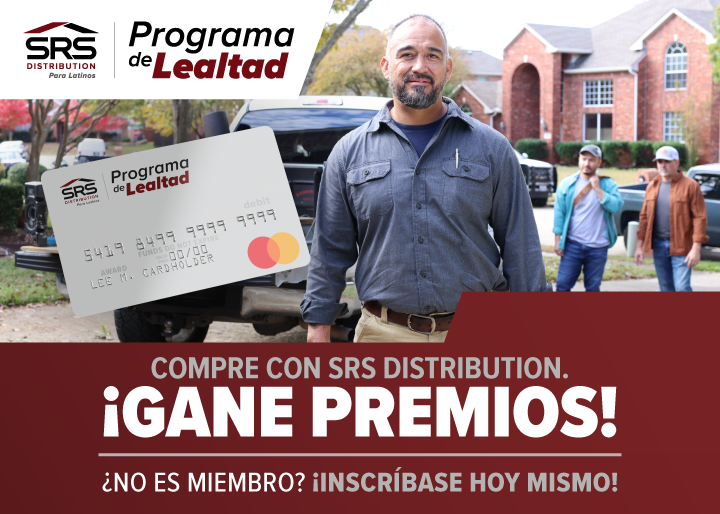
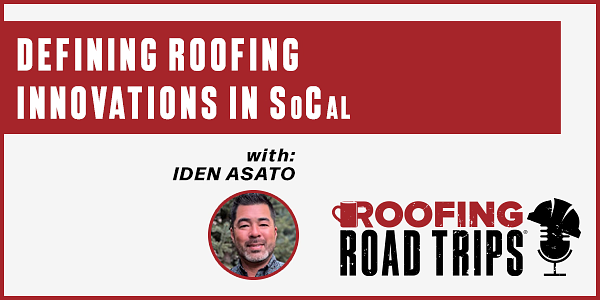

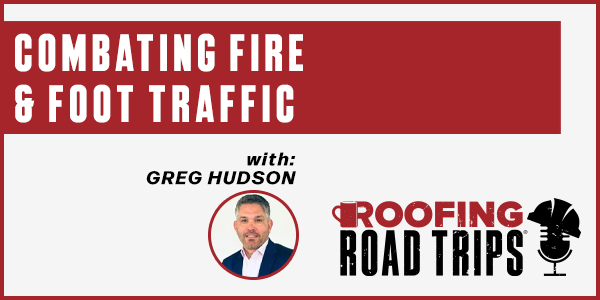


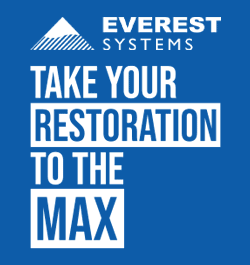


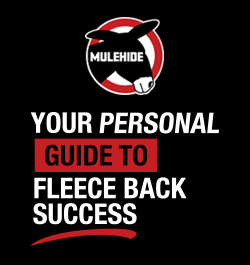

Comments
Leave a Reply
Have an account? Login to leave a comment!
Sign In